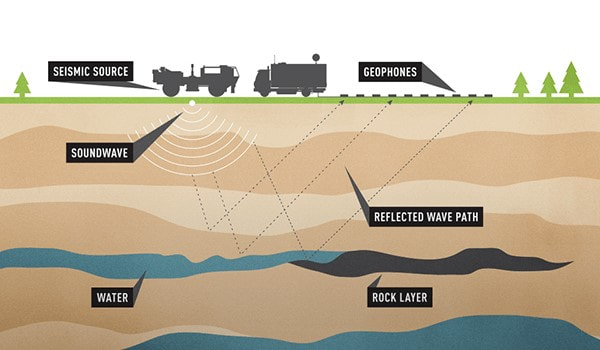All Categories
Featured
Table of Contents
(Pdf) An Assessment Of Geophysical Survey Techniques ... in Mount Lawley WA 2021
Time piece from 23 to 25ns. This last slice is now practically all blank, however a few of the walls are still showing highly.
How deep are these slices? Unfortunately, the software I have access to makes estimating the depth a little difficult. If, however, the leading 3 pieces represent the ploughsoil, which is probably about 30cm think, I would think that each piece has to do with 10cm and we are only coming down about 80cm in total.

Fortunately for us, the majority of the sites we have an interest in lie just listed below the plough zone, so it'll do! How does this compare to the other approaches? Contrast of the Earth Resistance data (leading left), the magnetometry (bottom left), the 1517ns time slice (leading right) and the 1921ns time slice (bottom left).
Geophysical And Geotechnical Assessment in Leda Western Australia 2022
Magnetometry, as discussed above, is a passive strategy determining local variations in magnetism against a localised absolutely no worth. Magnetic susceptibility survey is an active technique: it is a measure of how magnetic a sample of sediment could be in the presence of an electromagnetic field. Just how much soil is tested depends upon the size of the test coil: it can be extremely little or it can be fairly large.
The sensor in this case is very little and samples a small sample of soil. The Bartington magnetic vulnerability meter with a big "field coil" in usage at Verulamium during the course in 2013. Top soil will be magnetically enhanced compared to subsoils simply due to natural oxidation and decrease.
By determining magnetic susceptibility at a reasonably coarse scale, we can spot areas of human occupation and middens. We do not have access to a reliable mag sus meter, however Jarrod Burks (who assisted teach at the course in 2013) has some excellent examples. One of which is the Wildcat website in Ohio.
Geophysics & Geophysical Surveys - Ahmed Rehan Hashmi in Straffon Aus 2020
These towns are typically laid out around a main open location or plaza, such as this rebuilt example at Sunwatch, Dayton, Ohio. Sunwatch Town, Dayton, Ohio (photo: Jarrod Burks). At the Wildcat site, the magnetometer survey had actually found a variety of features and homes. The magnetic susceptibility survey assisted, nevertheless, specify the primary location of profession and midden which surrounded the more open area.
Jarrod Burks' magnetic vulnerability study results from the Wildcat site, Ohio. Red is high, blue is low. The strategy is therefore of excellent use in defining locations of general profession rather than recognizing specific features.
Geophysical surveying is a used branch of geophysics, which utilizes seismic, gravitational, magnetic, electrical and electro-magnetic physical methodologies at the Earth's surface to determine the physical homes of the subsurface - Geophysical Survey in Leda Australia 2021. Geophysical surveying approaches usually determine these geophysical residential or commercial properties in addition to abnormalities in order to assess different subsurface conditions such as the presence of groundwater, bedrock, minerals, oil and gas, geothermal resources, voids and cavities, and far more.
Latest Posts
Geophysicist Job Description in Guildford Aus 2023
Marine Geophysical Surveying - in Maddington Aus 2023
Geophysical Survey - Suffolk Heritage Explorer in Millendon WA 2023